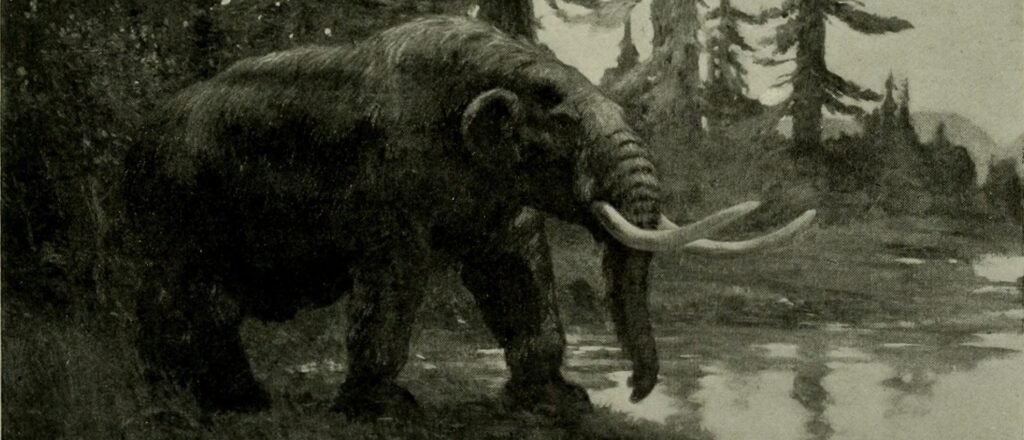Iowa officials announced on August 14 that a 13,600-year-old mastodon skull had been discovered in the state.
image Share The Iowa State Archaeology Office has unveiled a well-preserved skull found in a creek bed in Wayne County. The team discovered the remains during a roughly two-week excavation, along with several other mastodon bones. The skull has captured people's attention, and it's easy to see why.
The team's post said it was “the first well-preserved mastodon (primary skull) ever unearthed in Iowa.”
The next stage of the investigation will be to check whether the bones show any cut marks – such a discovery could suggest human intervention, possibly leading to the animal's death. (Related article: Joe Rogan and Taylor Sheridan talk about how archaeology is hiding our history and how it could lead to our downfall)
“We're really hoping to find evidence of human interaction with this animal, perhaps a point or knife used to kill the animal and initially dismember it,” state archaeologist John Doorschuk said in a statement released by the team. “There may also be evidence in the bones themselves, possibly with identifiable cut marks.”
Darmstadt, Germany – October 17, 2019: Workers from the Hessian State Museum dismantle the skeleton of Peale’s Mastodon before sending it to the United States, in Darmstadt, Germany. The skeleton was excavated in 1801 in the Hudson River Valley by Charles Willson Peale. It quickly attracted the attention of American and European scientists. It was important that U.S. President Thomas Jefferson considered the excavation a national undertaking. Alexander von Humboldt visited the site during his trips to the United States. For American patriots, the site was also a symbol of the vitality of the new nation. After the Philadelphia Museum, where it was on display, went bankrupt, the skeleton was sold to a European collector and eventually ended up at the Darmstadt Museum. It will be returning to the United States for the first time and will be loaned to the Smithsonian American Art Museum for exhibition in early 2020. (Photo: Thomas Lohnes/Getty Images)

The largest mastodon tusk on record. Discovered in May 1909 by contractor John Close on the banks of the Allegheny River near Pittsburgh. The tusk measures 9 feet 4 inches from end to end and weighs 297 pounds. (Photo: Paul Thompson/FPG/Hulton Archive/Getty Images)
Mastodons roamed North America from about 2.6 million years ago until about 11,700 years ago, during the Younger Dryas period and a period of major climate change. According to According to Britannica, the species has been found in every corner of the planet, making it one of the most common ancient animals found by archaeologists. (Related article: Archaeologists discover ancient secrets hidden beneath Wyoming grounds)
According to the article, after researchers from the University of Iowa thoroughly examine and date the bones, they will become part of a new exhibit at the Prairie Trails Museum.

















